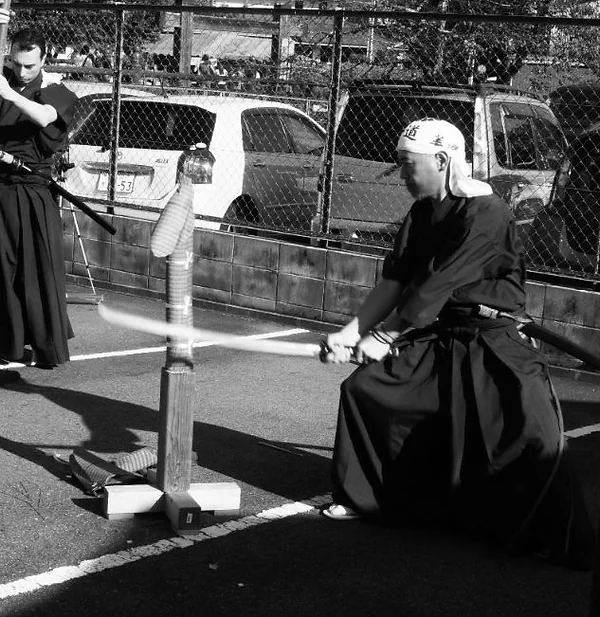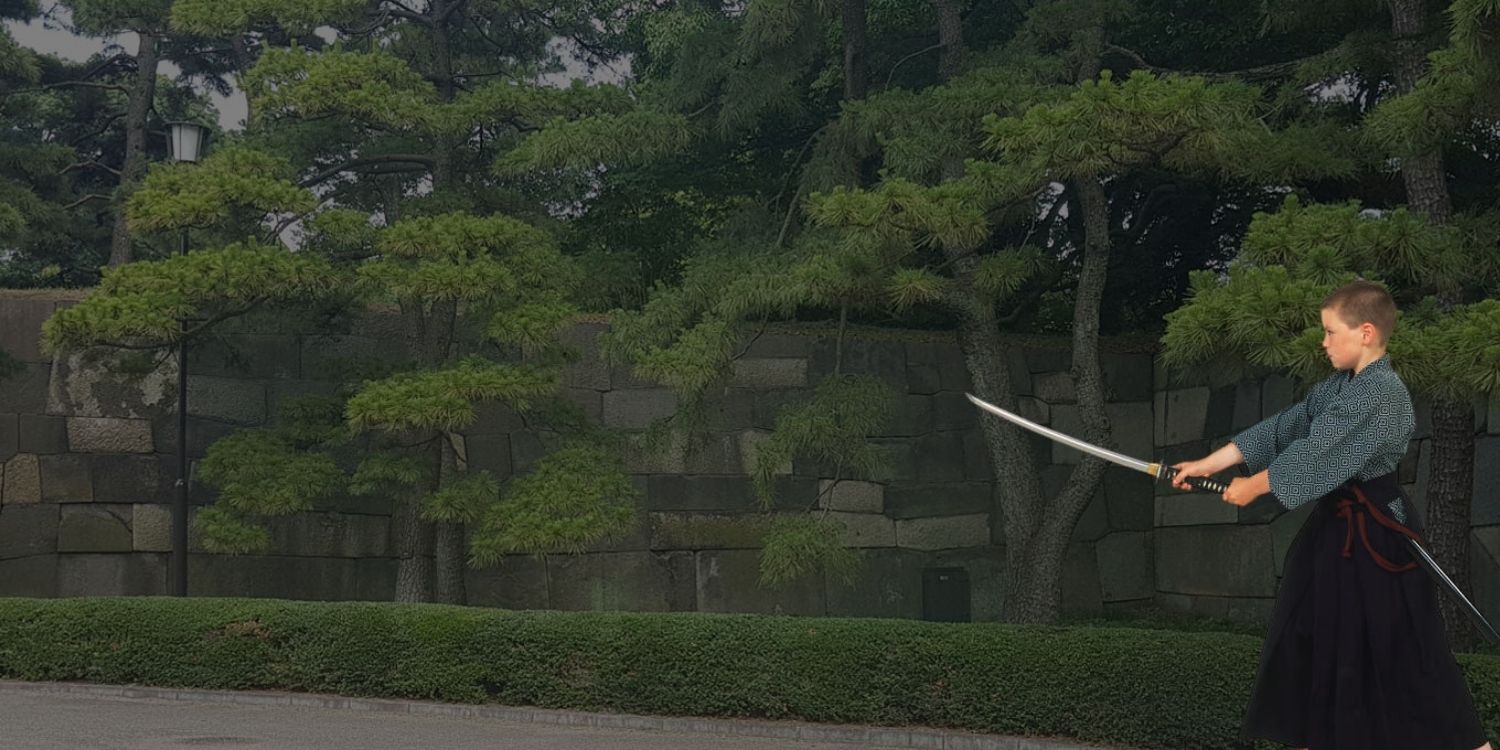
The terms “iaido” and “iaijutsu” are often used interchangeably when referring to traditional Japanese sword-drawing techniques. You’ll find them spoken in Japan and other parts of the world today. So, what’s the difference between iaido and iaijutsu?
Both Iaido and Iaijutsu focus on unsheathing and drawing a sword, typically a katana or similar singled-edged sword with a curved blade. The main difference, however, is that iaijutsu is part of a broader, more wide-reaching school of Japanese martial arts. When looking at the name, “iaijutsu” is affixed with the word “jutsu,” which means “to study” or “the study of.” Therefore, iaijutsu is about the deep studying of using the katana without a sports component.
Iaido is a word composed of three parts: ee, meaning “to exist”; ai, meaning “harmony” or “unification”; and do, meaning “path” or “way.” It refers to the most widely practiced formal sword styles, usually made up primarily of solo forms, or “waza.” Each form is a prearranged sequence of motions designed to simulate defense against an attack by a swordsperson. The major motions in iaido are the draw, cut, whipping the blood off the blade, and resheathing, but the hallmark of legitimate iaido is the fast, effective draw that not only gets the sword out of the scabbard but also cuts the attacker. The two most widely practiced iaido styles are Muso Jikiden Eishin Ryu and Muso Shinden Ryu.
Iaijutsu refers to an older form of iaido that focuses more on the military or fighting aspect of swordplay. Like iaido, iaijutsu is taught primarily through the practice of forms, but in general, the movements are closer to the historical movements of older sword styles, and not as close to the modern iaido standard motions. There are many styles of iaijutsu, including Shinkage-ryu. Generally, iaido and iaijutsu refer to arts that focus more on the instant of drawing than on wielding the sword after the draw.
A newer style of iaijutsu is Toyama-ryū battōjutsu. This is a style originating in the late 19th century, and taught primarily to officers in the Second World War. It is different from the older styles primarily in that all techniques are performed from a standing position. Toyama-ryū was in turn the basis of Nakamura-ryū, created by Nakamura Taizaburo; incorporating nōtō and kamae from older Koryū, notably Ōmori-ryū. It has been a long time since any differing schools have competed using shinken (sharp blades); hence it cannot be said that the traditional schools are superior to the modern schools, or vice versa, in the ultimate test. In our school, we will be offering Toyama-ryu Mukaida-ha in the near future.


